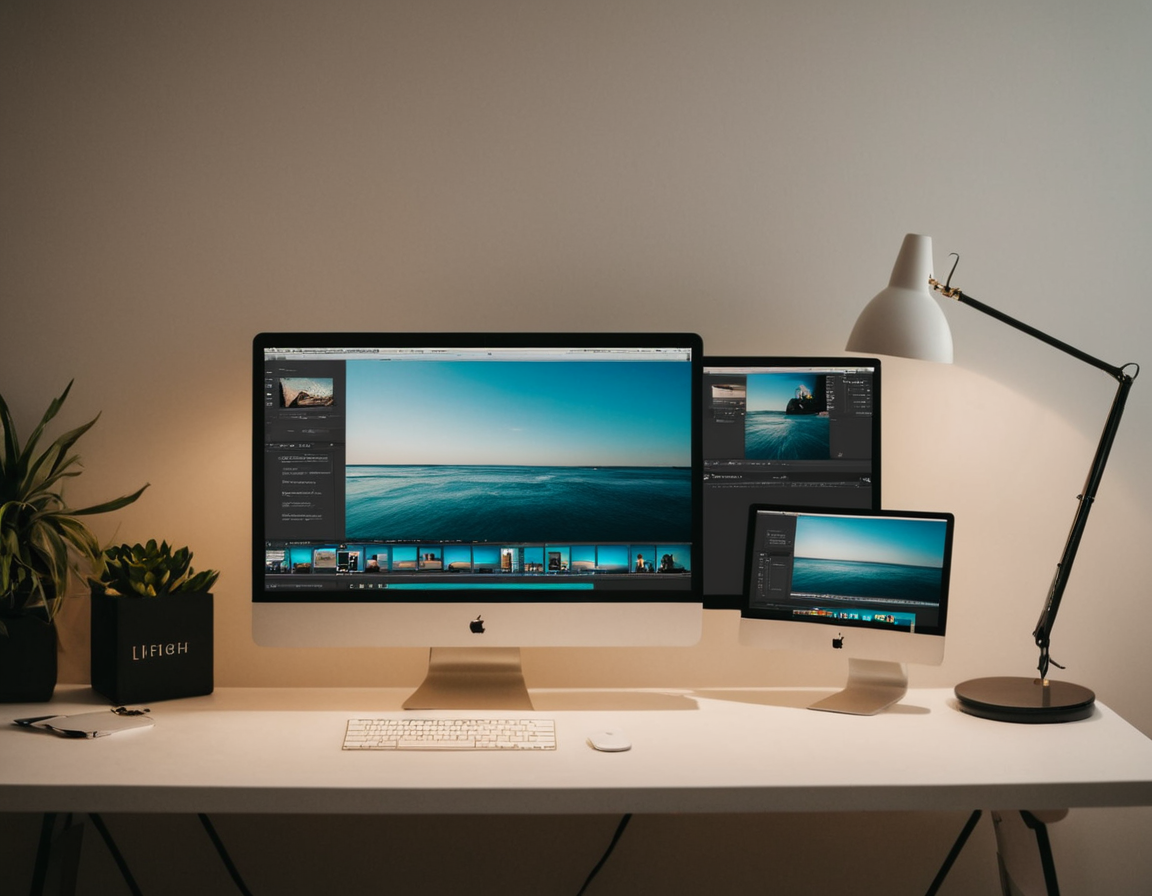Lightroom Preset Myths Busted

Debunking Popular Lightroom Presets: A Deep Dive into Their Technical Merits
Lightroom presets have become a staple in the photography community, with many photographers relying on pre-made templates to enhance their images. However, the question remains whether these presets are truly effective or just a crutch for those lacking technical skills.
The Allure of Presets
Presets can be incredibly tempting, especially for beginners who struggle to understand the intricacies of Lightroom’s editing capabilities. They promise instant results, making it easy to produce high-quality images without much effort. However, this convenience comes at a cost. By relying on presets, photographers risk overlooking fundamental techniques and principles that truly elevate their work.
Understanding Presets
Before we dive into debunking popular presets, let’s first understand what they are and how they work. A preset is essentially a set of predefined settings applied to an image using Lightroom’s Develop module. These settings can include exposure, contrast, color grading, and more. The idea behind presets is that they simplify the editing process, allowing photographers to focus on other aspects of their craft.
Technical Merits of Presets
When examining presets from a technical standpoint, it becomes clear that many are little more than glorified template versions of basic adjustments. They may seem impressive at first glance, but upon closer inspection, they often lack depth and nuance.
For example, a preset might enhance contrast or adjust color grading, but fail to consider the specific image’s unique characteristics or context. This can lead to an unnatural look that doesn’t accurately represent the photographer’s vision.
A Closer Look at Popular Presets
Several popular presets have been circulating online, touting their ability to produce stunning results with minimal effort. Let’s take a closer look at one such example.
Preset X claims to deliver a “vintage” aesthetic by adjusting exposure, contrast, and color grading. Upon applying this preset, the resulting image appears somewhat passable but lacks genuine character or depth.
Practical Examples
To illustrate the limitations of presets, let’s consider two practical examples.
Example 1:
Suppose we have an image with a bright sky and a poorly exposed foreground. A novice photographer might instinctively apply a preset like “VSCO” to salvage the situation. However, this approach neglects addressing the fundamental issues at hand – such as exposure and composition.
In contrast, a more informed approach involves adjusting exposure, contrast, and color grading to accurately represent the scene, rather than relying on presets to mask technical shortcomings.
Example 2:
Consider an image with a complex, high-contrast scene. A preset might attempt to “tame” these contrasts, resulting in an unnatural, overly smooth appearance that loses the image’s original texture and character.
A more skilled approach involves using selective adjustments to preserve the desired elements while addressing areas of imbalance or noise.
Conclusion
In conclusion, relying solely on popular presets can be detrimental to one’s growth as a photographer. Presets often oversimplify complex editing tasks, neglecting fundamental techniques and principles that truly elevate an image.
Instead, photographers should focus on developing their technical skills, learning about the intricacies of Lightroom, and cultivating a deep understanding of their craft.
The next time you’re tempted to apply a preset, ask yourself: “Is this shortcut really worth sacrificing my artistic vision?”
Tags
photography-tips lightroom-guide photo-editing professional-photography digital-image-processing
About Isabella Anderson
As a seasoned photographer and educator, I help creatives unlock their full potential on lentecreativa.com. With 3+ yrs of experience teaching photography techniques & tips, I've worked with top brands to develop innovative tools for photographers. Let's chase those shots!
